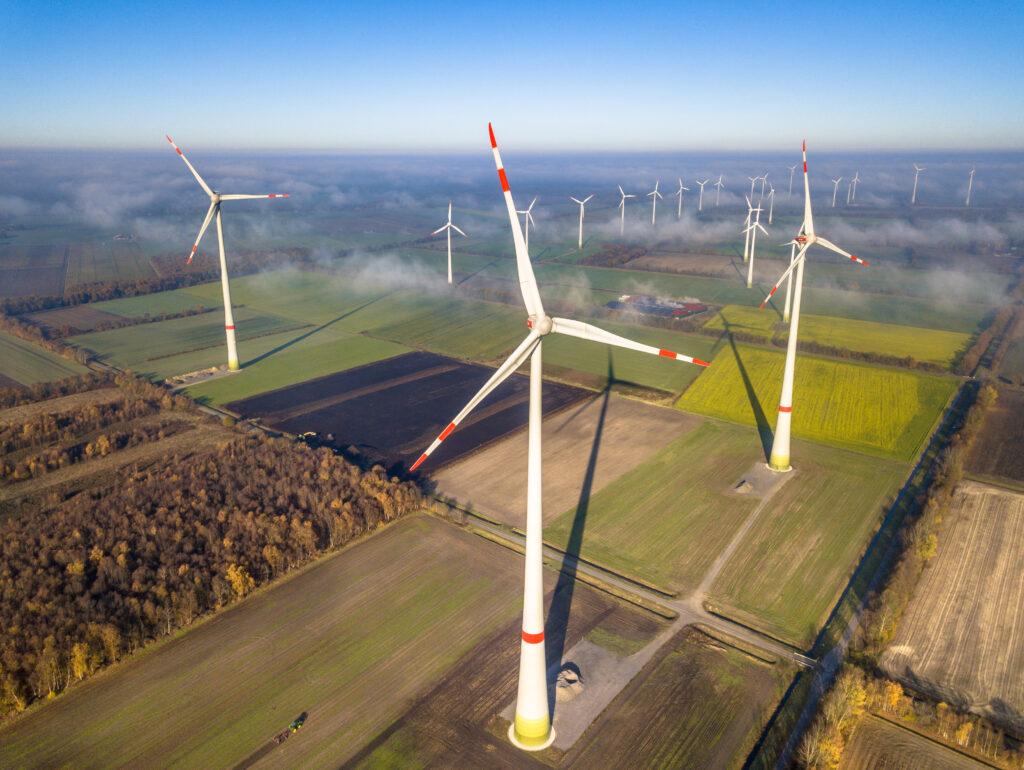As the world grapples with the urgent need to combat climate change, oil and gas companies are increasingly turning to renewable energy sources. This shift is not only environmentally responsible but also economically strategic. One such tool aiding this transition is FAT FINGER, a digital workflow procedure builder that empowers front-line teams to work efficiently and accurately every time.
The Need for Renewable Energy Integration
Oil and gas companies are under increasing pressure to reduce their carbon footprint. This pressure comes from various stakeholders, including governments, investors, and consumers. The integration of renewable energy sources is a viable solution to this challenge.
More so, integrating renewable energy into oil and gas operations offers several benefits:
- Reduced greenhouse gas emissions
- Improved energy security
- Cost savings
- Enhanced corporate reputation

Renewable energy holds immense potential for both the environment and the economy. It is a clean and sustainable source of power that can significantly reduce our dependence on fossil fuels, and in turn, curb greenhouse gas emissions. It is also a new frontier for job creation and economic growth.
Role of FAT FINGER in Renewable Energy Integration
FAT FINGER plays a crucial role in this transition by providing digital workflows and checklists across safety, maintenance, and operations areas. These include safety risk assessments, quality control, shift handovers, preventive maintenance inspections, and predictive maintenance.
Case Study: BP’s Shift Towards Renewable Energy
BP, one of the world’s largest oil and gas companies, has committed to becoming a net-zero company by 2050. To achieve this, BP is increasing its investments in low-carbon technologies and renewable energy. FAT FINGER’s digital workflow solutions can support such initiatives by enhancing operational efficiency and accuracy.
Challenges in Renewable Energy Integration

Despite the benefits, integrating renewable energy into oil and gas operations is not without challenges. These include:
Technical Challenges
To begin with, there are several technical issues that come with the integration of renewable energy. For example, the intermittent nature of renewable energy sources like wind and solar can pose significant challenges to the stability of the power grid. This is because these sources of energy are not always available – the sun doesn’t always shine, and the wind doesn’t always blow. Therefore, there needs to be a reliable back-up system in place to ensure the continuous supply of power.
Regulatory hurdles
Additionally, there are regulatory hurdles to consider. In many countries, the regulations surrounding renewable energy are still in their infancy. For instance, there might be a lack of clear policies on grid integration of renewable energy, or there might be restrictions on the sale of excess power back to the grid. These regulatory uncertainties can make it difficult for oil and gas companies to fully embrace renewable energy.
Financial Constraints
Financial constraints also pose a significant challenge. While the cost of renewable energy technology has significantly dropped over the years, the initial investment required for installing renewable energy systems can still be quite high. This, coupled with the perceived riskiness of renewable energy investments due to regulatory uncertainties, can discourage oil and gas companies from integrating renewable energy into their operations.
However, these challenges are not insurmountable. With the right strategies and tools, they can be overcome. For instance, FAT FINGER, an app that helps oil and gas companies digitize their operations, can help to streamline the integration of renewable energy. This tool can assist in monitoring the performance of renewable energy systems, managing maintenance schedules, and ensuring compliance with regulatory requirements. This not only reduces the technical and regulatory challenges associated with renewable energy integration but also makes the process more cost-effective.
Conclusion
Renewable energy integration in oil and gas companies is not just a trend; it’s a necessity. It offers a path to sustainability and profitability in an increasingly eco-conscious world. Tools like FAT FINGER can facilitate this transition by enhancing operational efficiency and accuracy.
Start Transforming Your Processes Today: Explore how FAT FINGER can empower your transition with digital procedures and unlock new levels of efficiency and cost-effectiveness in your safety, operations and maintenance. Visit FAT FINGER for more information and to schedule a demo.


